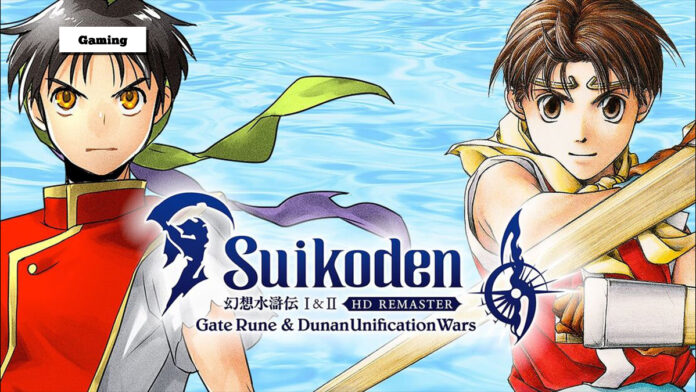Has storytelling in games become a lost art? To answer this question, I need to share a little bit more about myself. As a kid, I religiously played Japanese RPGs (JRPGs) due to their amazing storytelling, and thanks to the Internet, I found fans of these games like myself and regularly conversed with them. This became the impetus of wanting to write about games and review them for a living. While I have done this as a hobby in my free time throughout my school days and into college, Gadgets allowed me to do this professionally for the first time back in 2012, and I have brought many game reviews and the history of technology to you, the readers. After reviewing so many games, talking about them online, and working hard to give you the lowdown on gaming and technology history, we arrive at a remaster that has been the subject of a cult following and has brought life to a franchise long considered abandoned until recently: Suikoden.
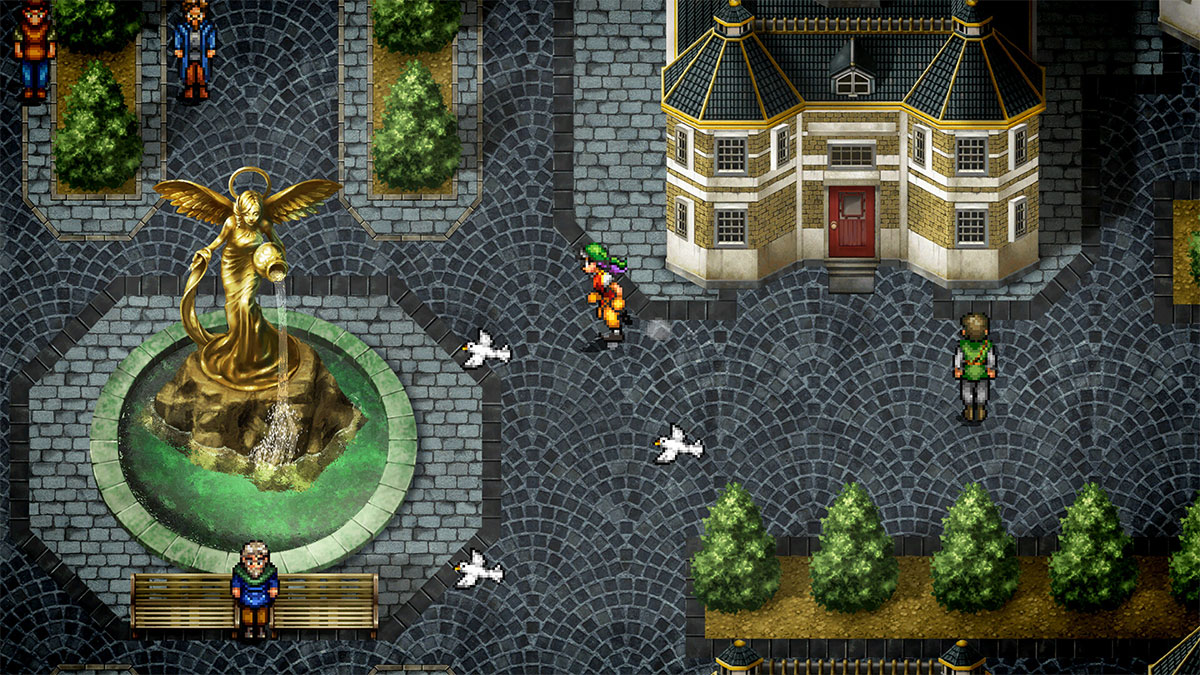
Storytelling in games is often a controversial subject, with gamers getting into debates over whether a story makes the game playable or even enjoyable. While often overlooked due to other critically acclaimed games in the genre, the Suikoden series is a retelling of the classical Chinese novel Water Margin. Both of these games take place in the same universe, and you can name your main character, castle, and army, whatever you want. The Gate Rune War is the setting of Suikoden and involves Tir McDohl, the son of the Scarlet Moon Empire’s Teo McDohl, who is set on a path that will determine the fate of the Empire as it fights a group of dissidents called the Liberation Army. The Dunan Unification War takes place three years after the first game and puts you in the shoes of Riou, who is caught in the crossfire between the City-States of Jowston and the Highland Kingdom.
Each game is structured similarly: you field a party of six, participate in war battles, and duel with major opponents in the game. At some point in both games, you will acquire and build out a castle based on the number of people you recruit. While some characters join as you progress through the story, you will have to go out of your way to recruit others. Some of these characters are missable if you progress past a certain point in the game, while others are pretty cryptic to recruit. There are also fun minigames in your castle, such as a dice game that allows you to make money, and even an entire cooking sidequest in Suikoden II. While the first game is pretty barren outside of the story itself and some minigames and collectibles, you have a plethora of things to explore in the second game.
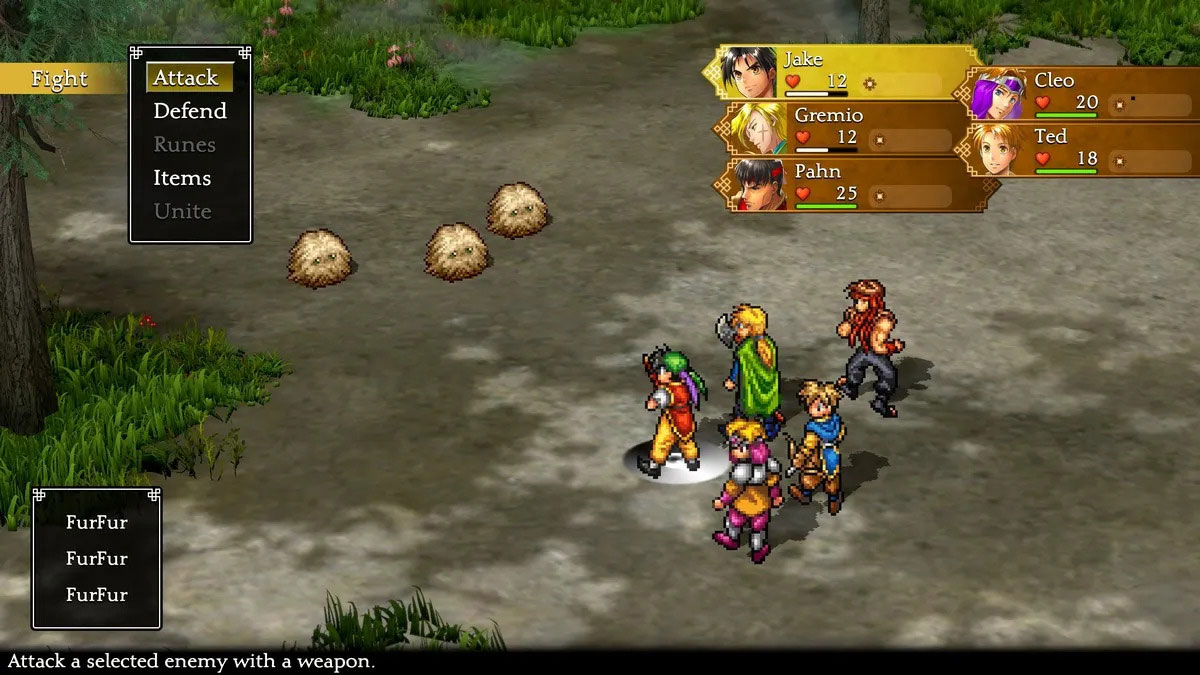
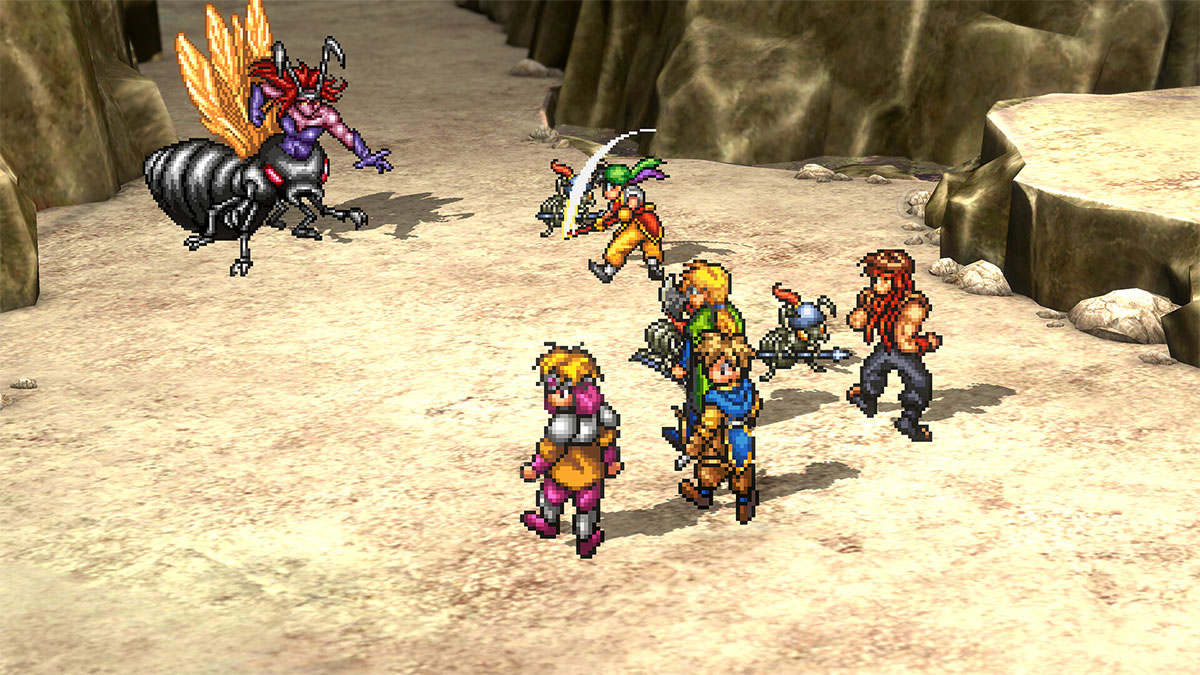
In typical RPGs, you find weapons and armor in the world and give them to your characters to upgrade. Given that you have to collect 108 characters, the games have something unique: upgradable weapons. You can level your weapons to a maximum of level 16, and also attach a plethora of Runes to your characters to allow them to cast magic or enhance their abilities. In the second game, you can attach as many as three to some characters, allowing for some pretty wild experimentation with certain characters, such as making them an unstoppable physical fighter or a magic-wielding force of destruction. In the second game, you can even attach Runes to your weapons, giving them an elemental attack or enhancing their attack power. Some characters come equipped with unique runes. Another aspect unique to the franchise is Unites, which allows two or more characters to unleash powerful attacks on enemies.
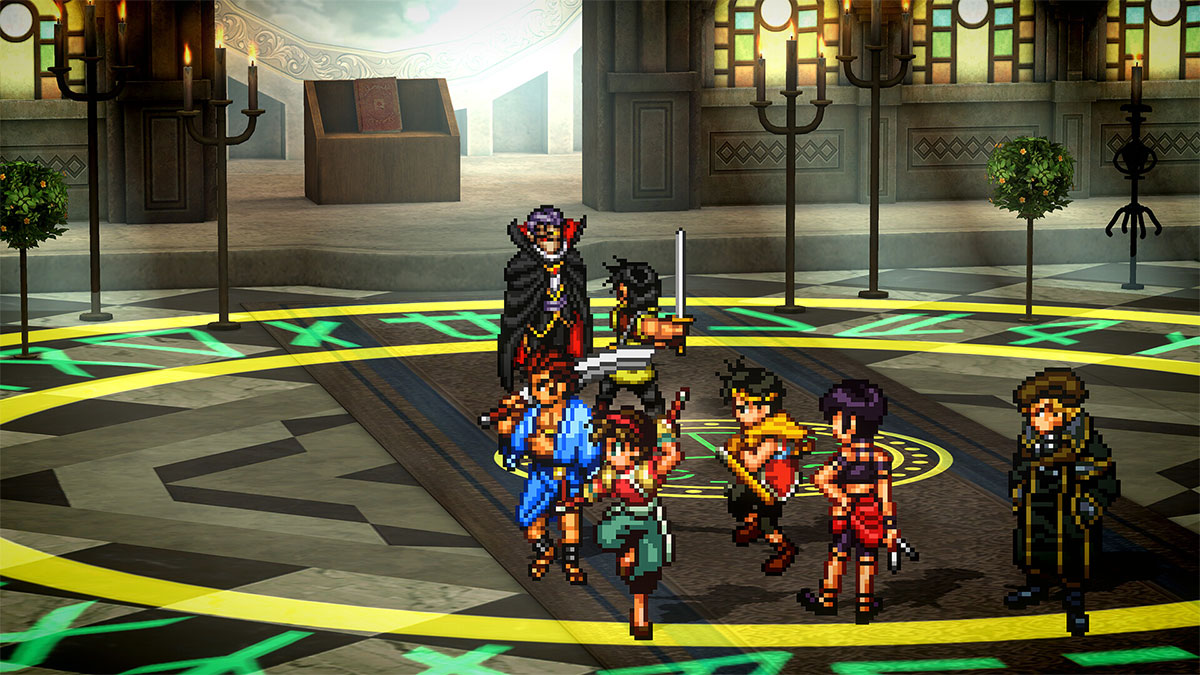
War battles differ in both games as well: Suikoden has a rock, paper, scissors-esque war battle system: Charge beats Bow, Bow beats Magic, and Magic beats Charge, while there are specialists that can also aid you in battle. Ninjas and thieves can predict the next enemy move; strategists can increase your attack power; merchants can convince enemies to defect, and more. In Suikoden II, war battles become more tactical and take place on a chess-like grid where you can customize your units into infantry and cavalry as you wish and grant them special abilities depending on who is in your unit.
Another strong suit of this game is its music. While considered a bit dated by today’s standards, the music is nothing short of amazing and sets the tone of each story event, whether happy or tragic. While the first game had only a few tracks, the second game expanded greatly on the variety of music, ranging from happy to sad and in between.
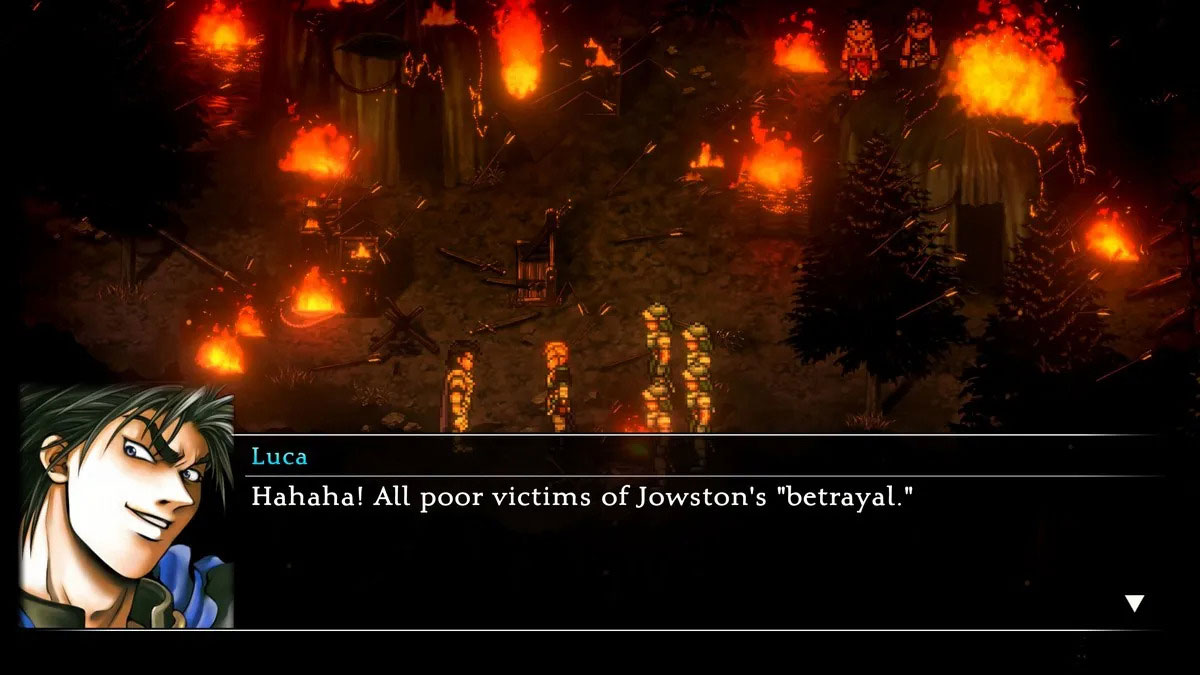
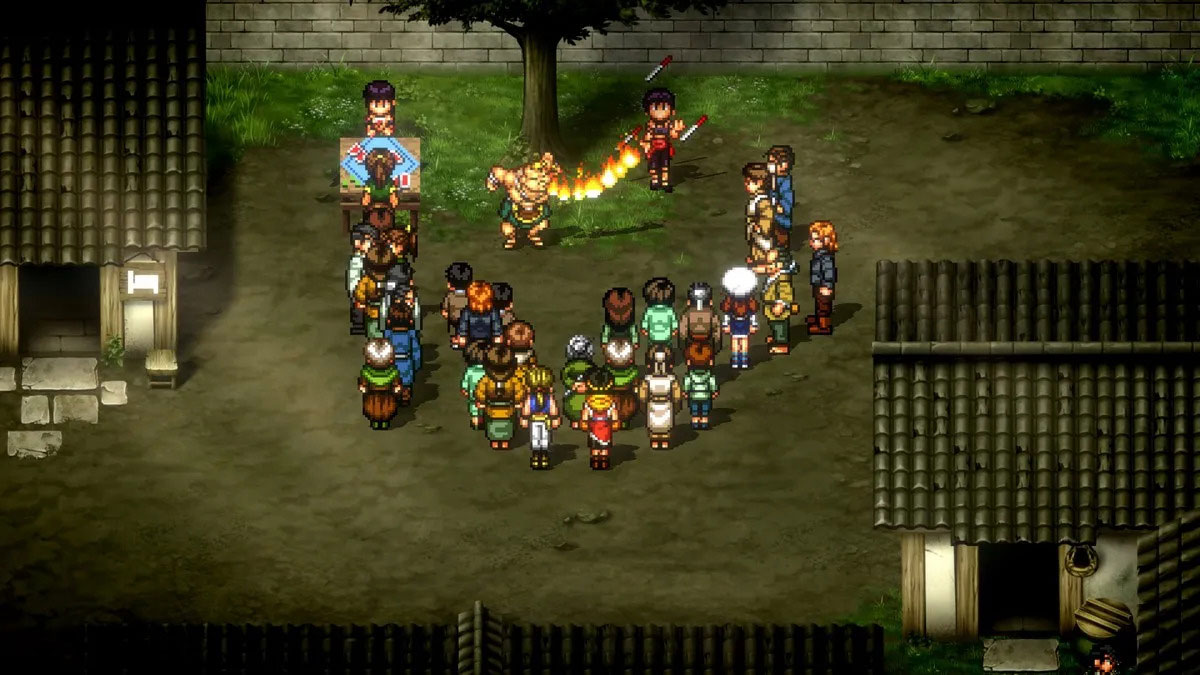
While this remaster is mostly bringing PlayStation JRPGs to a new generation with visual updates and better localization, Konami has also announced brand-new content for the franchise for the first time in nearly a decade and a half. The remasters are a great step in the right direction for a franchise that has gained a modest yet dedicated following over the years, including myself.
Developer(s): Konami
Publisher(s): Konami
Platform(s): PC, PlayStation 4, PlayStation 5, Xbox One, Xbox Series X/S, Nintendo Switch
Words by Jose Alvarez
Also published in GADGETS MAGAZINE Volume 25 No. 8 Issue.
